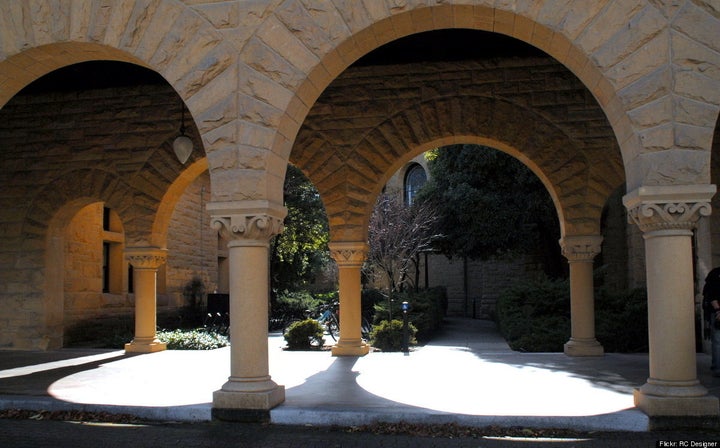
Generally, maintaining productivity with increasing age is a good thing; Stanford University disagrees. Recently, the Palo Alto institution has attempted to push out older professors in an effort to make room for younger ones.
The Silicon Valley Mercury News reports on what they call the "graying" of Stanford:
Hired in large numbers during a 1960s and '70s higher education boom, Sputnik and civil rights-era professors now represent the majority of Stanford faculty. In 2008, the most recent year for which data is available, about 53 percent were older than 50, up from 43 percent in 1993. The under-45 crowd had fallen from 42 to 33 percent.
Older professors don't seem to want to leave their jobs; because of the Age Discrimination in Employment Act, they don't have to. Before the law was passed in 1994, tenured professors often retired at 70. As a result of the bill, professors can stay in their positions as long as they'd like.
According to the Chronicle of Higher Education, many universities hope to inspire retirement and are employing different incentives in order to do so. The "window" plan provides for a specific time period in which a professor can retire and receive health-care benefits or a lump-sum payment, among other options. An alternative is the phased retirement plan whereby the professor first becomes a part-time employee and ultimately stops working entirely.
Many elderly professors believe these programs disregard the fact that a 70-year-old today is much like the 50-year-old of the past. Because of advancements in medicine, these older educators are still of sound mind, the facility necessary for their profession.
Others claim that if these professors continue to work, there will hardly be room for younger people who wish to go into academia. The idea in this case is that lack of room will dissuade bright students from even attempting to teach. Stanford University is of the latter opinion. The university has been providing incentives to professors, like English professor John Felstiner.
These encouragements, however, cost Stanford $7 to $10 million a year.
What do you think about this? Weigh in below.